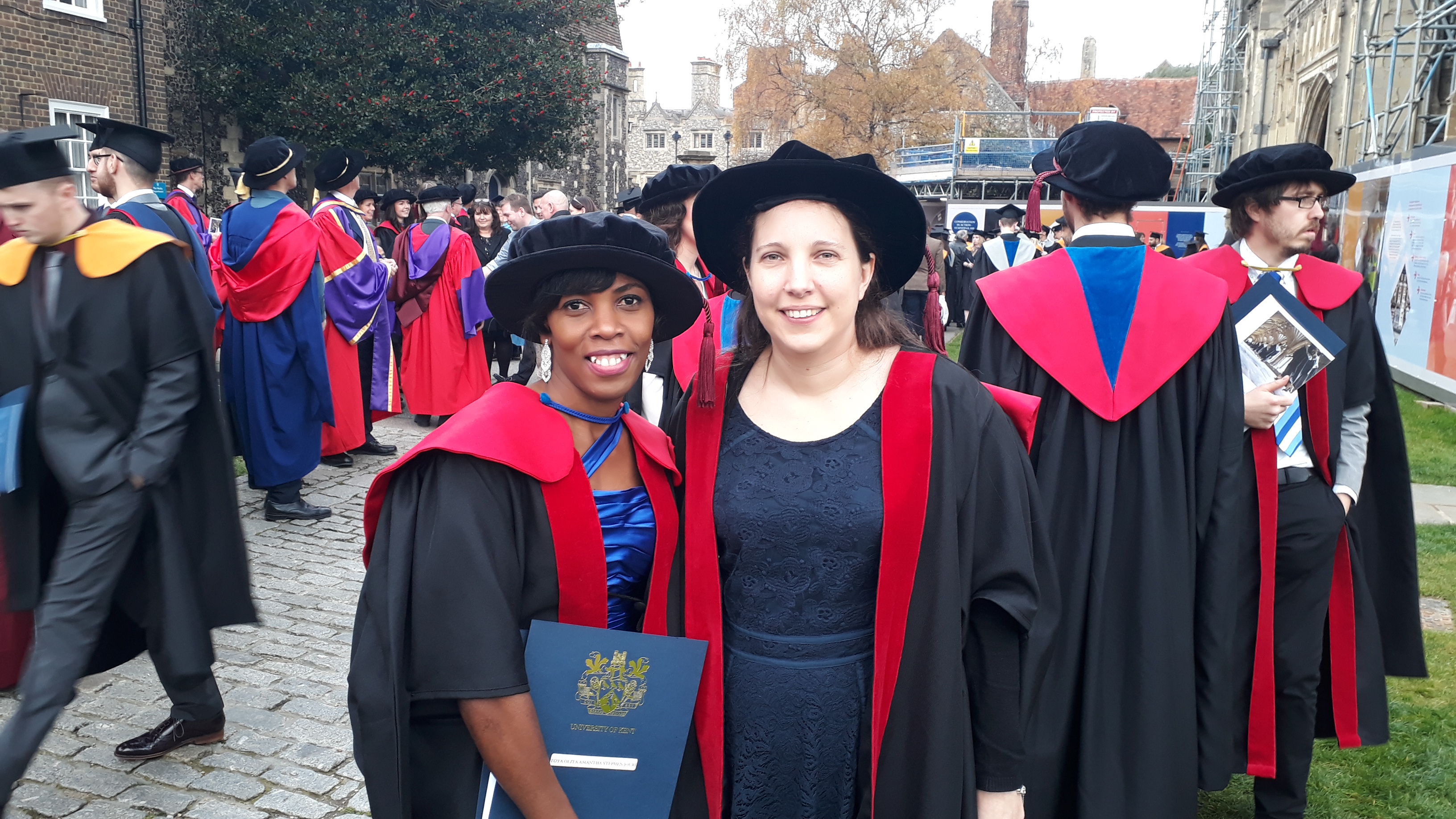The paper Removal models accounting for temporary emigration by Ming Shou, Rachel McCrea, Eleni Matechou , Diana Cole and Richard Griffiths has just been published online early in Biometrics.
Summary:
Removal of protected species from sites scheduled for development is often a legal requirement in order to minimize the loss of biodiversity. The assumption of closure in the classic removal model will be violated if individuals become temporarily undetectable, a phenomenon commonly exhibited by reptiles and amphibians. Temporary emigration can be modeled using a multievent framework with a partial hidden process, where the underlying state process describes the movement pattern of animals between the survey area and an area outside of the study. We present a multievent removal model within a robust design framework which allows for individuals becoming temporarily unavailable for detection. We demonstrate how to investigate parameter redundancy in the model. Results suggest the use of the robust design and certain forms of constraints overcome issues of parameter redundancy. We show which combinations of parameters are estimable when the robust design reduces to a single secondary capture occasion within each primary sampling period. Additionally, we explore the benefit of the robust design on the precision of parameters using simulation. We demonstrate that the use of the robust design is highly recommended when sampling removal data. We apply our model to removal data of common lizards, Zootoca vivipara, and for this application precision of parameter estimates is further improved using an integrated model.


